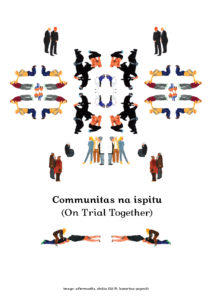Ana Vujanović (2011)
It is easy to note that politics has become a keyword in the contemporary international performing arts world. However, this immediately poses a more difficult question: why do we speak so much about politics in art, about art and politics, political art, the politicality of art, etc. today? Why has politics indeed become a keyword? What has been the driving force of all those books, texts, presentations, conferences, festivals, grants? What does the metaphor of politics qua theatre mean and, more broadly, what does teatrum mundi mean? On what grounds, on the basis of what historical references and conceptual frameworks do we have this “theoretical intuition” that artistic performance and politics are close? What I find particularly challenging in reflecting on these questions is that, in parallel with the performing arts’ keen interest in politics, we are facing their societal marginalisation and ever more limited access to the public over the course of the 20th century, which, at the macro-social level question the relevance of this topic.
